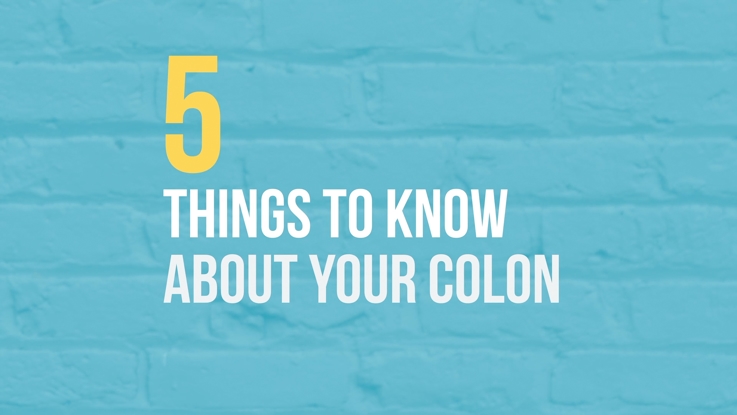Backpack Safety Tips
- Category: Living Well
- Posted On:
- Written By: Andrew J. Siegel, M.D
Most children rely on backpacks to carry books and supplies. But a backpack that’s too heavy or doesn’t fit right can cause harm. Carrying too much weight in a backpack or wearing it the wrong way can lead to back and shoulder pain, weakened muscles, tingling arms and stooped posture. Children may arch their back, bend forward, twist, or lean to one side, which can change their spine’s alignment or worse nerve damage.
Choosing the Right Backpack
It is recommended that a loaded backpack should never weigh more than 15% of the student’s total body weight (i.e. for 100 lb student, this means that it should not weigh more than 15 lbs.) The height of the backpack should extend from approximately 2 inches below the shoulder blades to waist level or slightly above the waist.
Pick a backpack for your child with the following traits:
- 2 wide, padded shoulder straps (not just 1 strap)
- A padded back to protect against sharp objects inside the bag
- A waist strap to help keep the bag stable
How to properly load a backpack
Students should carry only items they need for the day, and stop at their locker throughout the day to drop off heavier books. Also, many injuries are avoidable, if they load their backpack properly. Experts recommend:
- Load heaviest items closest to the student’s back (back of pack).
- Arrange books and materials so they will not slide around in pack.
- Consider using a book bag on wheels if the school allows it.
How to Wear a Backpack Safely
It is important to talk to your child about how to safely use a backpack. Here are a few tips:
- Distribute weight evenly by using both straps. Wearing a pack over one side/shoulder can cause a student to lean to one side, curving the spine and causing pain or discomfort.
- Tighten and loosen the straps as needed. Adjust the shoulder straps so that the pack fits snugly on the student’s back. It’s also recommended to loosen the straps before removing the pack. This makes it easier to take off.
- Place the backpack evenly in the middle of the back. The backpack should sit about 2 inches above the waist. This will help prevent awkward postures.
- Only carry what’s needed. Make sure your children know not to carry a whole day’s worth of books and supplies at once. Tell them to make trips to their locker during the day.
- Use care when putting on and taking off the backpack. Children should avoid twisting too much. When picking up a heavy backpack, bend with both knees—not at the waist. Wear the waist belt if they have one.
If your child has pain from their backpack, talk with the school about ways to lighten the load. Make sure the school allows trips to lockers as needed. If the pain continues, talk with your child’s healthcare provider.
Dr. Andrew J Siegel is an Internal Medicine Specialist in New Orleans, Louisiana. Andrew was born and raised in California and spent his undergrad years at the University of California. He graduated with honors from Tulane University School Of Medicine in 2016. In his free time, he enjoys spending time with his wife and child, being outdoors, cooking, or eating at one of the city’s many tasty restaurants.


